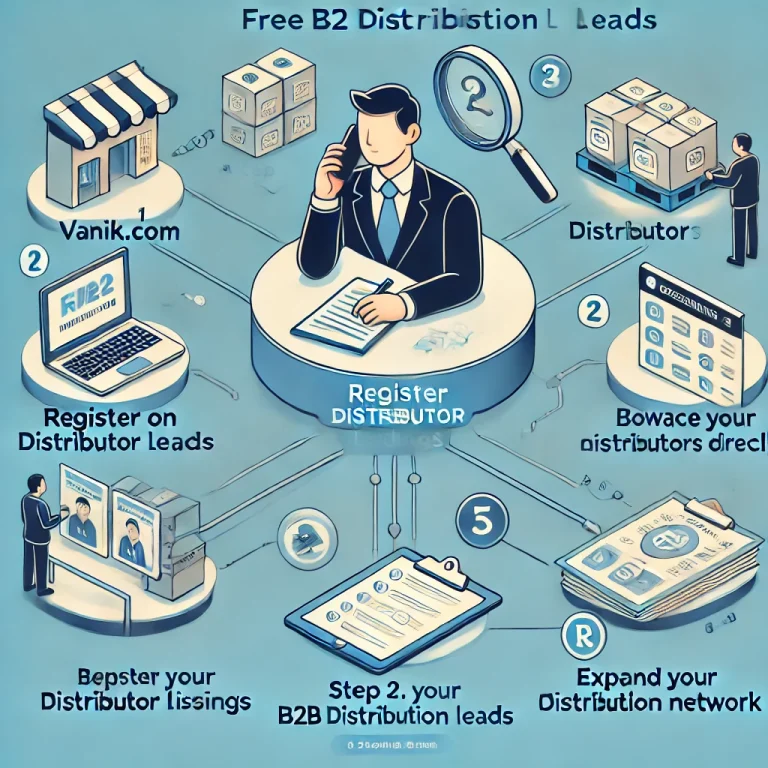Manufacturers create brands for building unique product identity. Brands build specific values around them to attract and retain targeted consumers and need a path or channel to reach consumers across the country. A channel consists of several organizations or entities – all aligned to a common goal of creating a path for the product to traverse from factory gate to consumer’s door step. Each entity in the channel is independent, having specific interests. Managing relationship between manufacturer and channel partners plays a key role in sucess or failure of a brand. Management books are full of examples of how lack of distribution channel killed good products.
The relationship between brand and channel partner should be based on a clear understanding of each other’s roles and responsibilities. When formalized in a written agreement between the two parties in a legally binding format that is enforceable in a court of law – the agreement is called contract. A legally binding agreement or contract acts as a bridge between parties assuring each of its rights and responsibilities.
Basic elements of a distribution agreement should specify time frame (period for which the agreement is effective), terms and conditions of supply, sales territories, sales targets, payouts and incentives, responsibilities of each party etc. Given the diversity of relationship among channel partners – a unitary template is impractical. Actual wording of a contract depends upon reselling relationship (distribution, dealership, agency etc.), selling rights (exclusive or general), intellectual
property rights (trademark licensing, value addition, co-branding rights etc.) and many other factors.
Nevertheless, I have created a checklist for essential elements in a channel partner contract. Brands and channel partners may use the checklist to create their specific agreement. Do not forget to get your contract vetted by a lawyer, else it may fail in a court of law, should such a situation arises. For samples of model channel partner contracts – please visit vanik.com
0. Introduction
The introduction or preamble defines the purpose and scope of the agreement. For example – XYZ Company manufactures and sells the products (exhibit 1) and Distributor desires to purchase the Products from Company for resale in the territories or geographic areas as defined in (exhibit 2). Company desires to appoint Distributor as its exclusive distributor of the Products in the Territory, and Distributor desires such appointment subject to the terms and conditions set forth in this Agreement, including exhibits and schedules attached hereto.
Now, Therefore, in consideration of the foregoing, and of the mutual benefit contained herein, the Parties, intending to be legally bound, agree as follows:
1. Appointment, Acceptance & Scope
a. Appointment: Define the scope of appointment (e.g. exclusive/general), limits of distributor, territory etc. Also, the company’s responsibilities like
not to sell directly to consumer but through appointed distributor only etc.
b. Territory. Define the geagraphical areas for which distributorship is being granted
c. Products. The Products manufactured and sold by Company to Distributor for distribution
d. Sub-Agents. Rights of distributor to appoint sub-agents and define consequent responsibilities therein.
e. Legal Relationship of Parties – Example : Distributor is an independent contractor and is not and shall not be deemed to be an employee, legal representative, dealer, general agent, joint venturer or partner of Company for any purpose. Distributor acknowledges that Company has not granted it any authority to make changes to Company’s terms and conditions of sale, grant any warranties in excess of those extended by Company or limit its liabilities or remedies less than Company limits its liabilities and remedies, sign quotations, incur obligations (expressed or implied), or in general enter into contracts on behalf of Company or bind Company in any transaction with customers, governmental agencies or third parties.
2. Representations
The Distributor and Company, as applicable, make the following representations, warranties and covenants:
a. Distributor Credentials
b. Company Credentials
c. Company warrants and represents that the Products will be free from defects in design, materials and workmanship and conform with any specifications provided.
d. Company has all rights, power, and authority to enter into this Agreement,
e. Company’s execution of this Distributor Agreement, and Company’s performance of its obligations and duties hereunder, do not and will not violate any agreement to which Company is a party or by which it is otherwise bound, and
f. Neither Party is subject to any pending or threatened litigation or governmental action that could interfere with its performance of this Agreement.
g. This Agreement is the binding legal obligation of each Party and is enforceable in accordance with its terms.
3. Orders, Price, Terms of Sale & Payment
a. How Orders To Be Processed :
b. Prices, Shipment, Storage, Transportation
c. Payments, Commissions, Incentives, Schemes Etc.
d. Credit Policy
f. Distributor’s Right To Resale :
4. Responsibilities of Distributor
Undertaking of distributor responsibilities in legal terms (distribution facilities, transportation, sales targets, market reach etc.)
5. Responsibilities of Company
Undertaking of Company’s responsibilities in legal terms (e.g. marketing, promotion, brochures, commercial and technical information, after sales service,
replacement of defective products etc).
6. Confidential & Proprietary Information
Necessary declarations regarding intellectual property, trademark licensing etc.
7. Duration & Termination
a. Effective Date and Duration. When the agreement becomes effective and how long it continues
b. Distributor Option to Renew.
c. Termination
8. Right of Parties at Termination
a. Obligations After Termination.
b. Survival (obligations after termination, due payments, claims etc.)
9. Indemnification & Limitation of Liability
a. Indemnification.
b. Limitation of Liability.
10. Force Majeure
11. Trademarks
12. General Provisions
a. Amendments.
b. Governing Law.
c. Dispute Resolution
d. Assignment of responsibilities
e. Accepted Mode and Medium of Communication
f . Cumulative Remedies.
g. Entire Agreement (e.g. This Agreement contains the entire agreement of the Parties with respect to the transactions contemplated hereby and supersedes all prior written
and oral agreements, and all contemporaneous oral agreements, relating to such transactions).
h. Exhibits and Schedules. The exhibits or schedules attached hereto are an integral part hereof and all references herein to this Agreement shall include such
exhibits and schedules.
i. Severability (e.g. Any provision of this Agreement which is prohibited or unenforceable in any jurisdiction shall, as to such jurisdiction, be ineffective to the extent
of such prohibition or un-enforceability without invalidating the remaining portions hereof or affecting the validity or enforceability of such provision in any other jurisdiction).
k. Successors and Assigns. (e.g. This Agreement shall be binding upon and shall inure to the benefit of each of the Parties and their respective successors and permitted assigns).
Conclusion
Above is not an exhaustive or comprehensive check-list – but a compilation of essential elements of a legally binding distribution contract. Lawyers should be involved while drafting actual contract. Please ensure the agreement is not one-sided but balanced – taking care of interests of both parties. One-sided agreements may not last long – in fact, an impediment to sustainable relationship.


